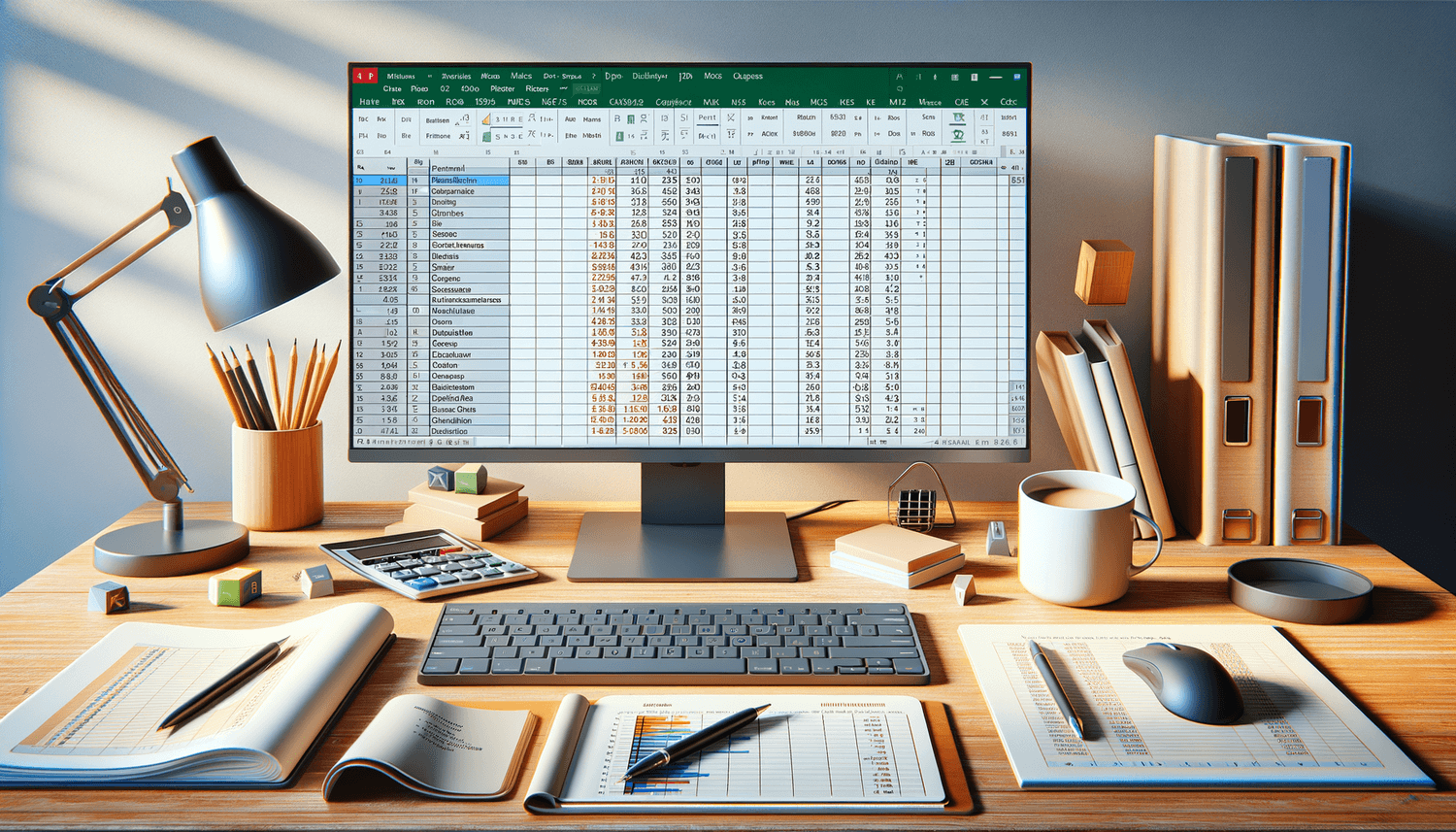Multiply Every Value in Excel Easily: Quick Guide

When working with data in Excel, one common task many users encounter is the need to multiply a set of values by a constant or varying factor. Whether you're scaling financial figures, adjusting measurements, or applying growth rates, this guide will show you how to multiply every value in Excel with ease and precision.
Understanding Basic Multiplication in Excel

Excel’s power lies in its ability to perform calculations effortlessly. Here’s how you can start:
- Single Value Multiplication: Simply enter a formula like
=A1*5to multiply the value in cell A1 by 5. - Using Autofill: After multiplying one value, drag the fill handle across or down to apply the same calculation to an entire range of cells.

Multiplying a Range of Values by a Constant

If you need to multiply every value in a range by a constant, Excel makes this straightforward:
- Select the cell where you want the results to appear.
- Enter a formula like
=B2*10(assuming B2 is your starting cell). - Drag the fill handle to copy the formula across or down the range.
Multiplying Each Value by Different Factors

For scenarios where each value needs to be multiplied by a different factor:
- Place the factors in an adjacent column or row.
- Use an array formula like
=B2:C2*B3(if factors are in column C).
📝 Note: To enter an array formula, press Ctrl + Shift + Enter after typing the formula. Excel will automatically add curly braces {} around it.
Using Paste Special for Multiplication

Excel’s Paste Special feature can also be used to multiply:
| Step | Action |
|---|---|
| 1 | Enter the multiplication factor in any cell. |
| 2 | Copy the cell with the factor. |
| 3 | Select the range you want to multiply. |
| 4 | Right-click, choose ‘Paste Special’, then ‘Values’ and ‘Multiply’. |

Advanced Techniques for Large Data Sets

For larger data sets, you can utilize Excel’s advanced features:
- Vlookup or Index-Match: Multiply values conditionally based on certain criteria.
- Power Query: Use Power Query to multiply values during data transformation steps before loading into Excel.
In summary, multiplying values in Excel can range from simple single cell operations to complex data manipulation tasks. With tools like formulas, array functions, Paste Special, and advanced querying, Excel provides ample methods to manage and scale your data effectively. This versatility ensures that no matter the size of your dataset or the complexity of your calculations, there's an Excel solution that can help you multiply every value swiftly and accurately.
Can I multiply values in Excel without formulas?

+
Yes, you can use the Paste Special feature with the ‘Multiply’ option to multiply a range of values without manually entering formulas.
What is the best way to multiply by a fixed percentage?

+
The simplest method is to convert your percentage to a decimal (e.g., 20% becomes 0.20) and then multiply each value by this factor.
How do I multiply by a different factor for each row or column?

+
Place the factors in an adjacent row or column, and use an array formula or Excel’s multiply function along with VLOOKUP or INDEX-MATCH to apply individual multiplication factors.



